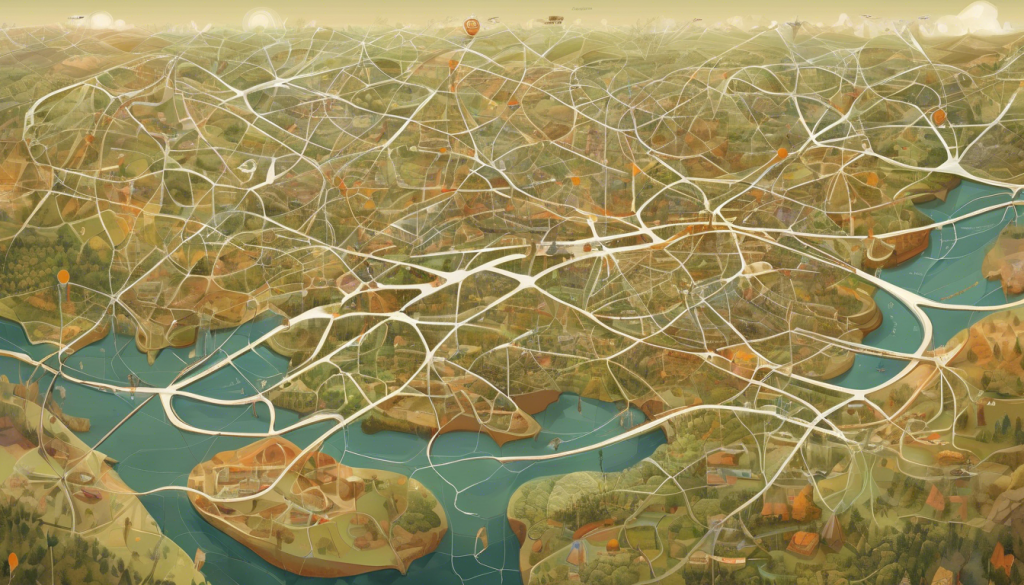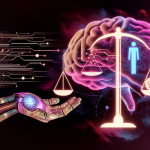
AI in Global Mobility: Beyond Self-Driving Cars
The AI revolution in transportation extends far beyond autonomous vehicles, with the global market projected to reach $34.83 billion by 2034. This technological shift is fundamentally reimagining how people, goods, and services move across borders and within cities.
While robotaxis grab headlines—expected to operate in over 200 cities by 2030—AI's deeper impact lies in transforming entire mobility ecosystems:
-
Transportation infrastructure: AI-powered platforms like TrafficLive integrate real-time data from vehicles, drivers, and orders to optimize routes and resource allocation, resulting in faster deliveries and lower emissions.
-
Global supply chains: Machine learning models now analyze historical data, weather patterns, and geopolitical factors to predict disruptions, with the AI logistics market growing at an impressive 42.6% CAGR.
-
Immigration processes: AI is automating document processing and enhancing border security through biometric systems, making visa applications more efficient while maintaining security.
-
Workforce transformation: Humanoid robots are entering logistics operations, with companies like UPS exploring their potential for tasks like package sorting.
However, these advancements come with significant ethical considerations. AI systems risk perpetuating biases through training data, potentially leading to discriminatory route optimization or autonomous vehicle decision-making. Privacy concerns also loom large as mobility systems collect massive amounts of personal data.
As AI continues to evolve, the most successful approaches will balance technological innovation with human needs and values. The future of global mobility isn't just about smarter machines, but about creating systems that enhance human connection and opportunity across borders.
What mobility challenge would you most like to see AI solve in your daily life?
If you found this valuable, please share with colleagues navigating the AI mobility landscape. For deeper insights, read Oliver's comprehensive analysis.


